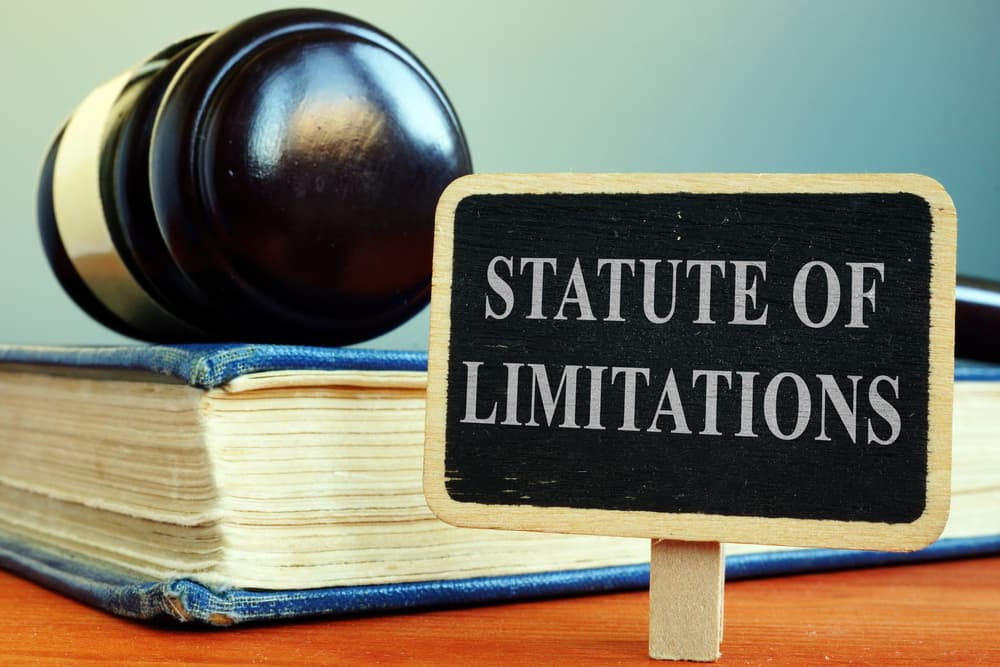California’s Statute of Limitations – let’s simplify this legal framework for you!
If you’ve been hurt in a car accident in California, you indeed can claim damages from the negligent driver. But did you know there’s a time limit for filing such claims? Understanding the Statute of Limitations is crucial because it can help protect your rights and pursue fair compensation after a car accident. In this guide, we’ll break down the technical aspects of California’s statute of limitations on car accidents, including when it starts, why it’s important, and what happens if you miss the deadline.
What Is a Statute of Limitations?
A statute of limitations is a legal principle that establishes the maximum period of time after an accident within which legal proceedings can be initiated. It also imposes a time limit on filing claims for compensation following an accident.
When Does the Statute of Limitations in California Begins?
California law, specifically California Code of Civil Procedure section 335.1, sets clear timelines for different types of claims:
-
For personal injury claims:
The statute of limitations begins on the date of the car accident. You have two years from this date to file a personal injury claim.
-
For property damage claims:
If you are only seeking damages for property loss (like damage to your vehicle), you have three years from the date of the accident to file your claim.
-
For death claims:
If a person dies as a result of the accident, the statute of limitations begins on the date of their death, not necessarily the accident date. The time limit to file a wrongful death claim is two years from the date of the person’s death.
Why Does the Statute of Limitations Matter?
Understanding the statute of limitations for a car accident is crucial for several reasons:
1. Preservation of Evidence:
Over time, evidence related to the accident, such as witness statements or physical evidence, may degrade or become unavailable. Filing within the statute of limitations helps preserve crucial evidence for your case.
2. Legal Rights:
Failing to file within the timeframe can result in losing your right to pursue compensation through legal channels. Courts typically dismiss cases filed after the statutory deadline.
3. Fairness:
It gives both parties a reasonable opportunity to gather evidence, prepare their case, and present their arguments effectively.
Exceptions to the Car Accident Statute of Limitations
Injury to Minors:
California law (California Code of Civil Procedure section 352) provides longer time limits if the injured person lacks legal capacity, such as being under 18 years old at the time of the accident.
Unavailability of Negligent Party:
If the person responsible for the accident leaves California before the lawsuit can be filed, there may be an extended time frame for filing under California Code of Civil Procedure section 351.
Either Party is Mentally Incompetent:
When the defendant or complainant lacks mental capacity due to injury, illness, or incompetence, the statute of limitations on car accidents is tolled until the capacity is restored. This ensures fairness in legal proceedings when individuals are unable to act on their own behalf.
The plaintiff is in the Military:
For plaintiffs serving in the military, the statute of limitations is paused during their service period.
What Is the Discovery Rule?
It is a legal concept designed to address situations where individuals do not immediately recognize or experience symptoms of injuries resulting from an accident.
How Does the Discovery Rule Work?
Delayed Symptoms:
The rule acknowledges that certain injuries may have delayed onset symptoms. For example, a person involved in a car accident may initially appear uninjured or only experience minor discomfort but later develop serious medical conditions related to the accident.
Extended Timeframe:
The statute of limitations typically sets a deadline for filing a lawsuit after an accident. However, with the Discovery Rule, the countdown to this deadline begins not at the time of the accident but when the person discovers or should have reasonably discovered their injury.
Application in California:
In California, the Discovery Rule allows individuals to file a claim within one year of discovering their car accident injury, even if it exceeds the standard statute of limitations period. This rule is especially relevant in cases where injuries like TBIs, internal injuries, or conditions resulting from chemical exposure take time to become apparent.
What Happens If Your Claim is Filed After the Deadline?
The court may dismiss your entire case if you file after the deadline has passed. This means losing the opportunity to seek compensation for your injuries or property damage through legal means. Even if you initially pursue an insurance claim, keeping the option open to file a lawsuit can provide leverage during settlement negotiations.
That is why It’s crucial to consult with an experienced personal injury attorney promptly after an accident. They can advise you on the applicable time limits for filing your claim and preserve your rights.
How Can We Help?
Looking for dedicated legal representation after a car accident in California? Turn to Accident Defenders, a leading law firm based in Los Angeles with a strong reputation in personal injury cases. We have extensive experience in handling a wide range of car accident cases to ensure that you receive the rightful compensation.
By consulting with Accident Defenders, you can benefit from personalized legal advice for your unique circumstances. Operating on a contingency fee basis means you pay nothing upfront and only when we successfully recover compensation for you. This reflects our dedication to prioritizing your well-being and ensuring access to quality legal representation without financial barriers.
Take the first step towards protecting your rights and pursuing the compensation you deserve after a car accident in California. Contact Accident Defenders today at (323) 818 HURT or via email at [email protected] for a free consultation.




